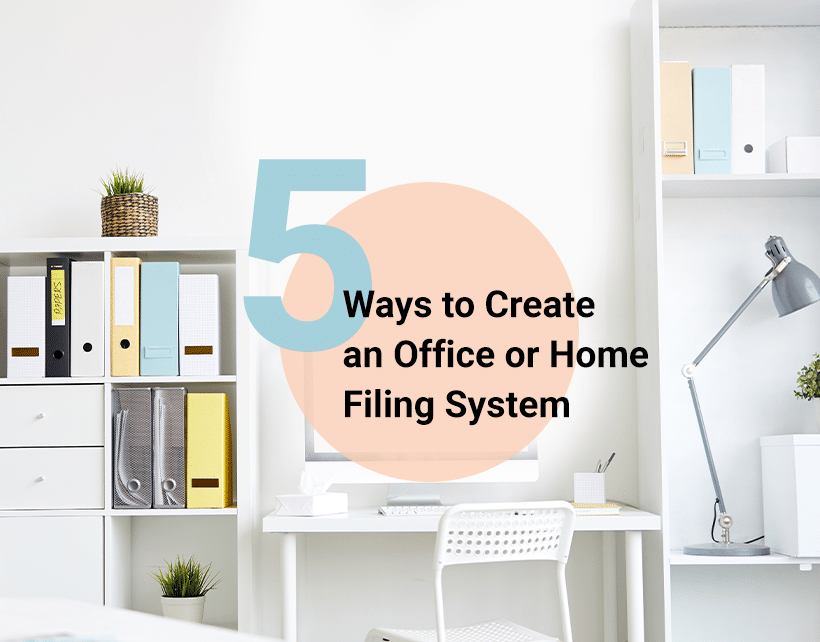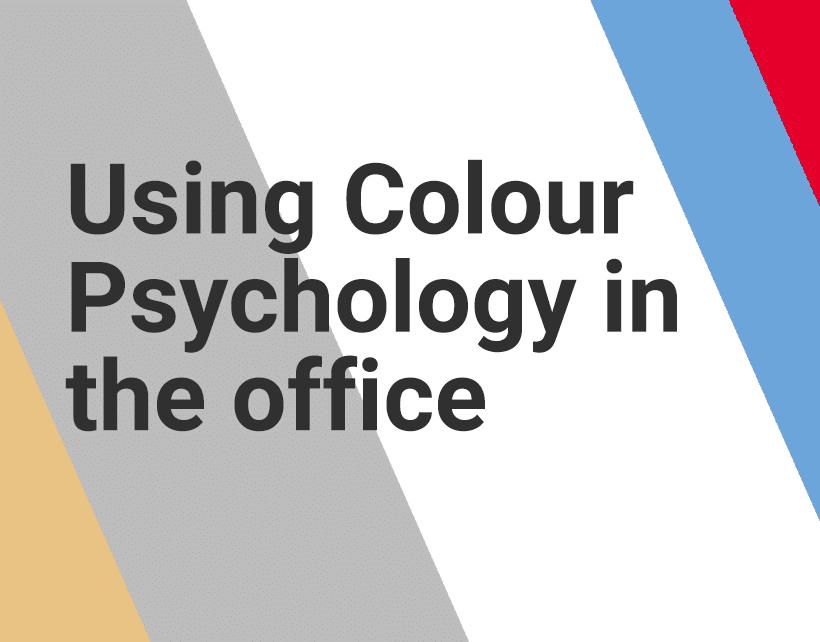Five Employee Onboarding Hacks You Need to Know
A positive employee onboarding experience is key when it comes to making a new employee feel at home from the get-go. Starting a new job can be stressful but it doesn’t have to be. A standard onboarding process focuses on getting an employee up to speed as quickly as possible, familiarising them with office protocol and easing them into the company culture. A positive onboarding procedure can create an inclusive working environment and in turn, can impact office productivity and retention for the better. Here are five tips to help you onboard new employees like a boss.
Cover the Basics Without Boring New Employees
A good rule of thumb is to keep onboarding simple yet interesting. This could mean anything from ensuring the new employee has a desk set up and a working desktop PC not to mention a login from day one. It makes sense to have their first day planned out and yes, getting a new employee up to speed often involves endless paperwork and admin tasks, but welcoming a new member to the team should be about more than filling in forms and a speedy office tour.
Assign them a buddy to help them navigate their first day and fill them in on all of the company quirks. While knowing where the restrooms are and finding their way around the canteen is essential, don’t forget to include an introduction to company culture. Knowing where the best local coffee shop is, where to top up their stationery supplies and filling them in on dress down Fridays will help a new employee find their feet. Nothing will alienate a new employee quicker than turning up on casual Friday suited and booted.
Make it Personal
Often employee onboarding can be tedious and impersonal and adding a bespoke touch is a win-win situation for both the company and the employee. After all, poor onboarding techniques can cost a company dearly with research showing the cost of replacing a staff member stands at 30k.
If your process only covers the basics, consider adding in team building exercises or activities to broaden an employee’s skill set. This will make a newbie feel valued and a welcome part of the team. Putting your own spin on the introduction process can make your onboarding techniques altogether more successful.
Highlight the Here and Now, and the Bigger Picture
Making sure a new employee has all of the relevant company information in a timely manner is paramount. Provide them with an employee handbook from the very start and drip feed important information about company values and policies over time to make absorbing it manageable rather than overwhelming. With only a small window to keep new employees interested in the role and your company, it makes sense to not only show them how to do their job, but the opportunities they can obtain in the future.

Lenovo ThinkCentre neo 50q Intel Core i5 i5-13420H 8 GB DDR4-SDRAM 256 GB SSD Windows 11 Pro Mini PC Black

ASUS Chromebox CHROMEBOX5-G3103UN Intel Core i3 i3-1220P 8 GB DDR4-SDRAM 128 GB SSD ChromeOS Mini PC Black
Extend the Onboarding Process
The first seven days are crucial in terms of job satisfaction, employee engagement and productivity, but while it may only take a week or so for an employee to settle in, this is not a signal to bring your onboarding process to a halt. An onboarding procedure that is too short can leave a new employee feeling as though he or she has been left to sink or swim and the general feeling towards the company can be underwhelming as a result. Rather than overloading them with information then leaving them to fend for themselves, extend the onboarding process and break down the process week by week.
Don’t Forget About Feedback
Even at this early stage, the importance of positive feedback shouldn’t be underestimated. This is an important part of the initiation period and feedback gives new employees a simple way to get up to speed and excel in their role.
Your company onboarding process should be a driving force when it comes to employee engagement and it is vital to cover all bases. A easy way to gauge the success of your onboarding process is to ask the employees that have experienced it. An employee survey will give you valuable feedback and help you to identify areas where it could be improved.
Is your employee onboarding process up to scratch? Let us know on Twitter @viking_chat.









